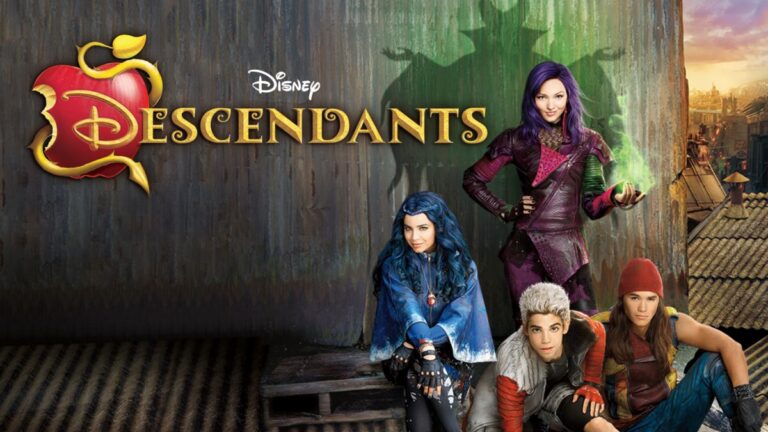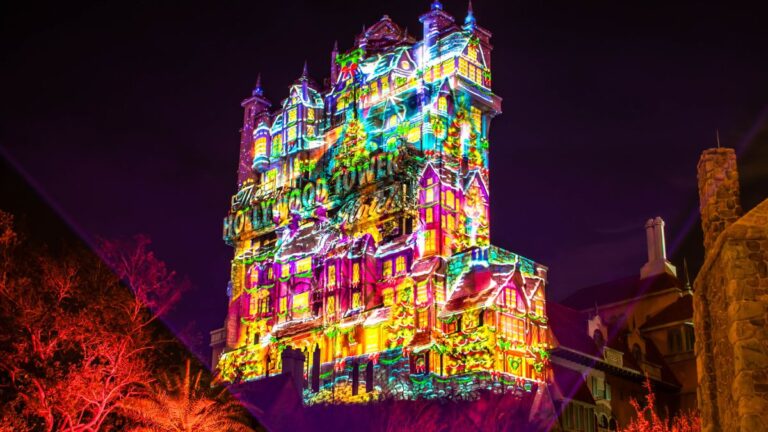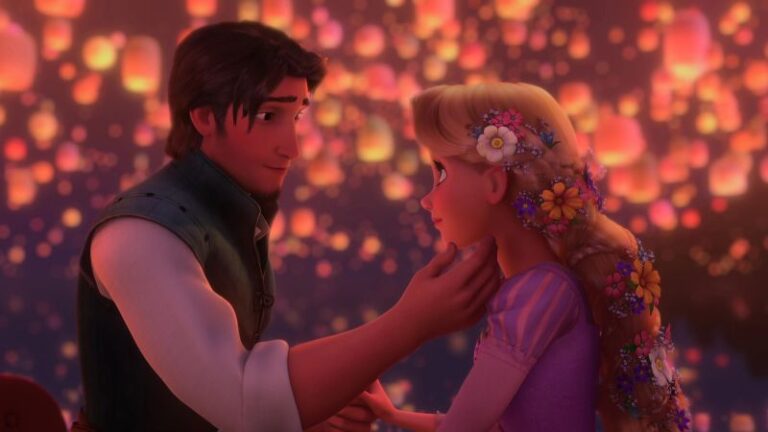When And Where Does Cinderella Take Place?

Cinderella is undoubtedly one of the most iconic and beloved Disney animated films, capturing the hearts of millions of children and adults since its release in 1950. The film tells the story of a young girl named Cinderella who dreams of a better life away from her cruel stepmother and stepsisters. With the help of her fairy godmother, Cinderella transforms into a beautiful princess and captures the heart of the handsome Prince Charming. While the story is a classic tale of rags-to-riches, the specifics of when and where the Disney version of Cinderella takes place is unclear.
Unlike some of Disney’s other films set in a specific historical period or location, such as Mulan in ancient China or Pocahontas in colonial Virginia, Cinderella’s story seems to take place in a vague, timeless setting. While there are some nods to French cultures, such as the name of the prince and the ball, the film’s setting is not explicitly stated, leaving audiences to wonder about the historical and cultural context of the story. Nevertheless, the enduring popularity of Cinderella and its various adaptations fascinate audiences and scholars as they try to uncover the timeless tale’s true origins and cultural significance.
Introduction to the beloved tale of Cinderella
Cinderella is a timeless and beloved tale that has captured people’s hearts worldwide for centuries. The story has been adapted in various forms, from oral traditions to literature, plays, and films, making it one of the popular culture’s most recognizable and enduring tales. The story follows a young girl who, despite being treated cruelly by her stepfamily, remains kind and hopeful, dreaming of a better life for herself. Through the help of a fairy godmother, she attends a grand ball and falls in love with a prince, ultimately finding happiness and a better life.
What makes Cinderella a cherished tale is its compelling storyline and its universal themes of perseverance, resilience, and the triumph of good over evil. The character of Cinderella, with her kind and gentle nature, symbolizes hope and optimism, reminding us that even in the darkest of times, there is always a chance for a happy ending. The tale also offers a message of empowerment. Cinderella’s transformation from a downtrodden servant to a radiant princess shows that anyone can achieve their dreams regardless of their circumstances if they persevere with hope and determination.
The Vague Historical and Geographical Context of the Disney Version
Despite being one of the most popular and enduring Disney animated films, the historical and geographical context of Cinderella’s story is intentionally vague in the Disney version. The setting is not explicitly stated, leaving audiences to speculate about the historical and cultural context of the story.
Some scholars argue that the story is set in medieval Europe, while others suggest it originated in ancient Greece or China. The lack of clear historical references allows for a sense of timelessness, making the story relevant and resonant across different cultures and time periods.
The Disney version of Cinderella does provide some hints about its cultural influences. For example, the prince’s name, Charming, has French origins, and the glass slippers Cinderella wears are also associated with French fashion.
Additionally, the story is infused with elements of magic and fantasy, such as the fairy godmother and the enchanted pumpkin carriage, adding to the timeless and universal appeal of the tale. The vague historical and geographical context of Cinderella’s story in the Disney version has allowed for numerous adaptations and interpretations across different cultures, making it a global phenomenon.
Cultural References and Influences in the Film
The Disney version of Cinderella may have left the historical and geographical context of the story intentionally vague, but the film is not without cultural references and influences. These references are woven throughout the film, adding depth and nuance to the story while also making it more relatable to audiences from different cultures. Here are some examples of cultural references and influences in the film:
- French Influence: The film’s setting, though not explicitly stated, is associated with French culture, as evidenced by the name of the prince, Charming, and the glass slippers worn by Cinderella.
- Folklore and Mythology: The story draws on various elements of folklore and mythology, such as the fairy godmother and the concept of transformation.
- Gender Roles: The film reflects the gender roles and expectations of its time, with Cinderella serving as a passive and submissive character and the male characters, such as the prince and the king, holding positions of power.
- Class Divide: The film also explores the theme of the class divide, with Cinderella as a member of the lower class and her stepfamily as a member of the upper class.
- Music and Dance: The film features music and dance, integral parts of many cultures worldwide, adding to its universal appeal.
These cultural references and influences in the film help to make Cinderella a more nuanced and relatable story, transcending time and culture.
Analyzing the Adaptations and Origins of Cinderella Across Cultures
Cinderella’s story has been adapted and reinterpreted across different cultures and time periods, making it a truly global phenomenon. While the Disney version may be the most well-known, many different versions of the story reflect the unique cultural traditions and values of each society. Analyzing the adaptations and origins of Cinderella across cultures offers a fascinating glimpse into how different cultures interpret and understand the same story.
One example of an adaptation of Cinderella is the Native American version known as “Rough-Face Girl,” which originates from the Algonquin tribe. In this version, the main character is a young girl with a scarred face mistreated by her two beautiful sisters. She captures the heart of the Invisible Being through her kindness and courage, and he helps to transform her into a beautiful woman, allowing her to win the heart of a chief. This version reflects the importance of inner beauty and values of courage and kindness in Native American culture.
Similarly, the Korean version of “Kongjwi and Patjwi” features two stepsisters who are cruel to the protagonist, Kongjwi. In this version, a magic ox helps Kongjwi to attend a festival where she meets and falls in love with a prince. This version reflects the importance of persistence and determination in Korean culture, as Kongjwi’s efforts to attend the festival demonstrate her resilience and resourcefulness.
Analyzing the adaptations and origins of Cinderella across cultures not only offers insight into the specific cultural traditions and values of each society but also demonstrates the universal appeal and relevance of the story. The variations and adaptations of Cinderella highlight the timeless themes of resilience, kindness, and perseverance that make the story so beloved by audiences worldwide.
Debates Among Scholars Over the Historical and Geographical Context of Cinderella
The historical and geographical context of Cinderella has long been debated among scholars. While some argue that the story originated in ancient Greece or China, others suggest it may have originated in medieval Europe. The debate centers around the lack of clear historical references in the story and the many different adaptations and interpretations of the tale across cultures. Here are some of the main arguments put forward by scholars:
- Ancient Greece: Some scholars argue that the story of Cinderella originates in ancient Greece, pointing to similarities with the story of Rhodopis, a Greek slave who married the king of Egypt.
- China: Others suggest that the story may have originated in China, as several Chinese tales share similarities with Cinderella, such as the story of Ye Xian, a young girl who is mistreated by her stepmother and stepsisters but ultimately marries a prince.
- Medieval Europe: Many scholars argue that the story of Cinderella has its roots in medieval Europe, pointing to the presence of knights and castles in many versions of the story, as well as the name of the prince, Charming, which has French origins.
Despite the many different theories put forward by scholars, the true origins of Cinderella’s story remain a mystery. Nevertheless, the ongoing debates among scholars demonstrate the timeless tale’s enduring fascination and cultural significance.
The Enduring Popularity and Legacy of the Timeless Tale
Cinderella’s story has endured for centuries, captivating audiences across cultures and time periods. The tale’s themes of perseverance, resilience and the triumph of good over evil continue to resonate with audiences of all ages, making it a beloved classic.
The enduring popularity and legacy of Cinderella can be seen in its various adaptations and interpretations, from literature and plays to films and television shows. The story has been reimagined in countless ways, reflecting each society’s unique cultural traditions and values, demonstrating the universal appeal and relevance of the story.
Moreover, Cinderella’s legacy extends beyond its impact on popular culture. The story has been used as a symbol of hope and empowerment, inspiring individuals to persevere and achieve their dreams. The character of Cinderella, with her kind and gentle nature, has become a symbol of resilience and optimism, reminding us that even in the darkest times, there is always a chance for a happy ending.
The enduring popularity and legacy of Cinderella’s story reflect its timeless appeal and the enduring power of storytelling to inspire and uplift audiences.






